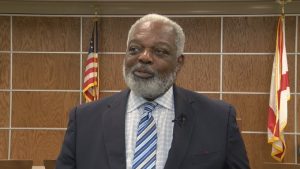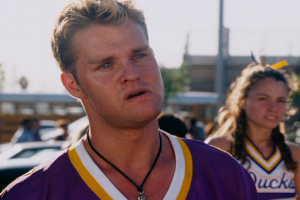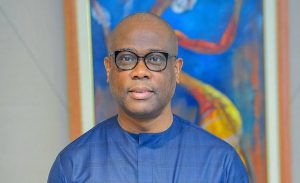Indigenous Peoples’ Day is observed on the second Monday of October. This year, it falls on October 10.
The day is marked to honor Native American traditions and legacies. It is a day of remembrance for Native Americans, their tribal origins and the tragic stories that have both hurt and enriched their communities.
Columbus Day, which is a federal holiday, is also marked on this day. This day is recognised by the US government, which means non-essential public offices and, places like post offices and banks remain closed.
Also Read: Indigenous Peoples’ Day: History and significance
Local governments and several states still have the option of not observing a federal holiday.
More than 130 cities have abandoned Columbus Day in favor of Indigenous Peoples Day, and the number grows every year.
A number of states have moved to officially observe Indigenous Peoples’ Day, or some version of it – a holiday to remember the native populations who were uprooted and destroyed after Italian sailor Christopher Columbus and other European explorers arrived on the continent. Here’s a look at the US states that observe Indigenous Peoples’ Day.
Arizona: According to CNN affiliate KNXV, Gov. Doug Ducey signed a declaration in 2020 designating October 12 as Indigenous Peoples’ Day in addition to Columbus Day.
California: In addition to marking Native American Day in late September, Gov. Gavin Newsom had signed annual proclamations honouring Indigenous Peoples’ Day on the second Monday in October.
Iowa: Iowa Governor Kim Reynolds made a proclamation in 2018 designating Columbus Day as Indigenous Peoples’ Day.
Louisiana: The Pelican State doesn’t recognize Columbus Day. Governor John Bel Edwards declared October 14, 2019, the state’s first Indigenous Peoples’ Day but hasn’t issued a proclamation yet.
Alabama: Celebrates both Columbus Day and American Indian Heritage Day.
Alaska: Observes Indigenous Peoples’ Day since 2017.
Hawaii: Observes Discoverers’ Day instead of Columbus Day.
Maine: Observes Indigenous Peoples’ Day since 2019.
Michigan: On October 14, 2019, Governor Gretchen Whitmer declared the day Indigenous Peoples’ Day in order “to honor our country’s indigenous roots, history, and contributions.”
Minnesota: Governor Tim Walz signed a proclamation declaring the second Monday in October as Indigenous Peoples’ Day in 2019. There are 11 Tribal Nations in the state.
Nevada: In 2020, Gov. Steve Sisolak signed a proclamation designating October 12 as Indigenous Peoples’ Day, stating that it “allows us to rethink our history” and recognise “the important contributions of Indigenous People in the State of Nevada.”
Nebraska: The state recognizes Indigenous Peoples’ Day in addition to Columbus Day since last year.
Also Read: Everything to know about International Day of the World’s Indigenous Peoples
New Mexico: Celebrates Indigenous Peoples’ Day since 2019. Governor Michelle Lujan Grisham said the day would celebrate the state’s “23 sovereign indigenous nations and the essential place of honour native citizens hold in the fabric of our great state.”
Oklahoma: In 2019, the state voted to move Native American Day to the same day as Columbus Day so the two could be celebrated concurrently.
Oregon: Observes Indigenous Peoples Day since 2017.
South Dakota: Is considered to be the first US state to observe Native American Day in 1990.
Vermont: Observes Indigenous Peoples’ Day since 2019.
North Carolina: Governor Roy Cooper declared the second Monday in October to be Indigenous Peoples’ Day.
Virginia: Gov. Ralph Northam declared the second Monday in October as the first Indigenous Peoples’ Day in Virginia in 2020, calling it an “important step toward creating a more inclusive, honest Commonwealth.” There are 11 native tribes in the state.
Wisconsin: Governor Tony Evers established Indigenous Peoples’ Day with an executive order just days before the 2019 observance.
Washington, DC: A few days before the 2019 observance, the DC Council voted to replace Columbus Day with Indigenous Peoples’ Day.







